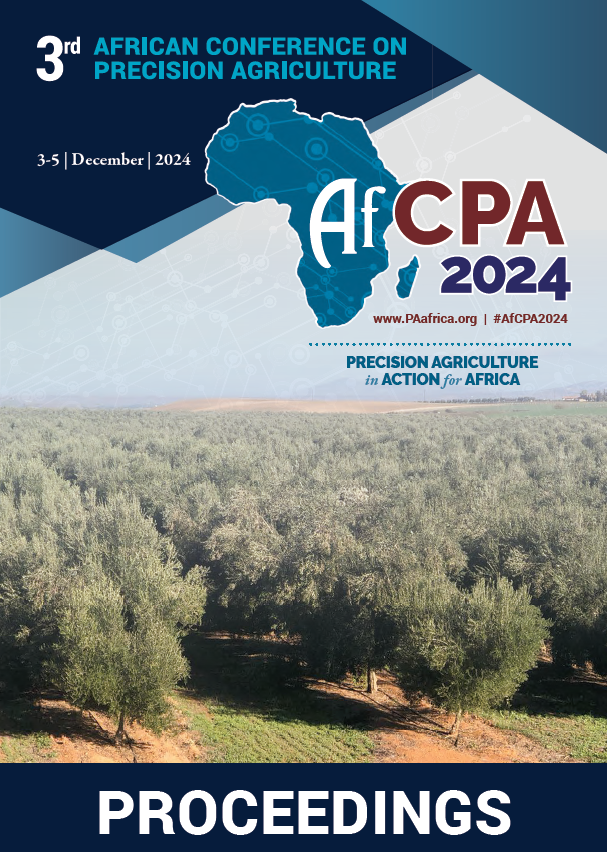Download the Conference Proceedings
Proceedings
Authors
| Filter results4 paper(s) found. |
|---|
1. Soil organic carbon mapping in Tunisia: comparison of different interpolation methodsSoil organic carbon (SOC) stock is an important carbon pool in terrestrial ecosystems. It plays an important role in agricultural productivity and is often used as a key indicator of soil quality whether for soil fertility or climate regulation. SOC stocks are difficult to estimate due to the large spatial variability. In this way, many different techniques have been conducted for predicting and mapping SOC content. However, although numerous techniques are in use, there is still debate on which... M. Barbouchi, H. Bahri, A. Souissi, H. Cheikh m'hamed, M. Annabi |
2. Sensor Based In-Season Nitrogen Determination for Quality Protein Maize on Farmers Field Western EthiopiaQuality protein maize production is a current common practice and widely produced in western Ethiopia but its productivity is negatively affected by low rate and time of nitrogen application but there is still inadequate research on this phenomenon in quality protein maize production. This in view different attempts have been made to solve the soil fertility problems using sensor-based nitrogen management in southwestern and western Ethiopia. The objectives of this review were to summarize past... T. Abera |
3. Analyse De La Variabilité Spatiale Des Rendements De Maïs (Zea Mays L.) Dans Les Régions Des Savanes Et Centrale Du TogoL'agriculture de précision s'impose au Togo. Une étude a été menée dans 5 préfectures du Togo, dont 2 dans la région des Savanes (Oti et Kpendjal) et 3 dans la région Centrale (Sotouboua, Tchamba et Tchaoudjo) avec un total de 20 producteurs en 2021. d'analyser la variation spatiale du rendement en grain du maïs (variété Ikenne) au sein de chaque région sous deux pratiques de gestion agricoles incluant :... M. Lare, J. Sogbedji, K. Lotsi, K. Amouzou, A. Ale gonh-goh, A. Agneroh |
4. Recommandation De Formules De Fertilisation Site-spécifique Pour La Production Du Maïs Dans La Région Des Savanes Du TogoDans le contexte actuel de la dégradation des terres agricoles et des difficultés de disponibilité et d'accès aux intrants agricoles en particulier les engrais, la maximisation de l'efficience d'utilisation des nutriments en nutrition des plantes devient plus que jamais une nécessité. Nous avons conduit en 2020 sous culture de maïs (Zea mays L.), des essais soustractifs à base de l'azote (N), du phosphore (P) et du potassium... M. Lare, J. Sogbedji, K. Lotsi, K. Amouzou, A. Ale gonh-goh, A. Agneroh |
